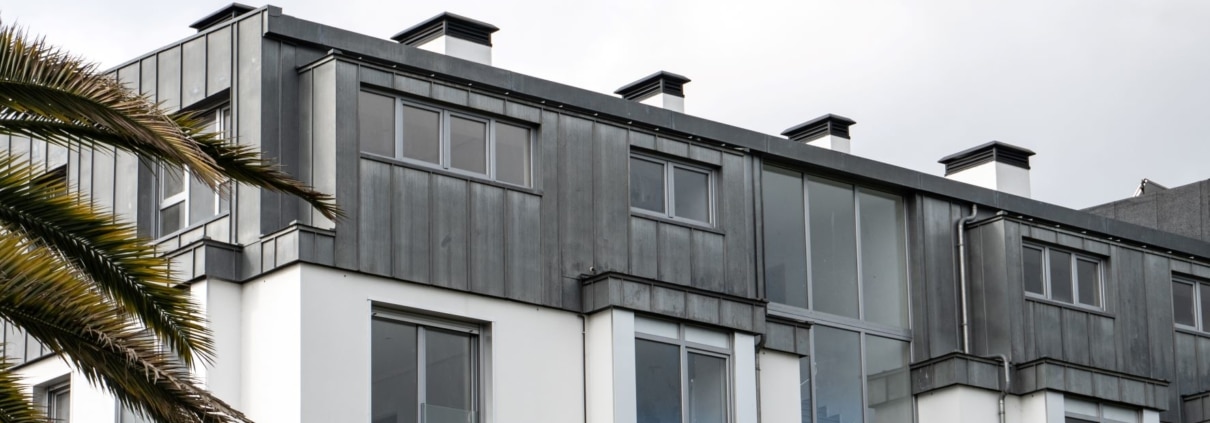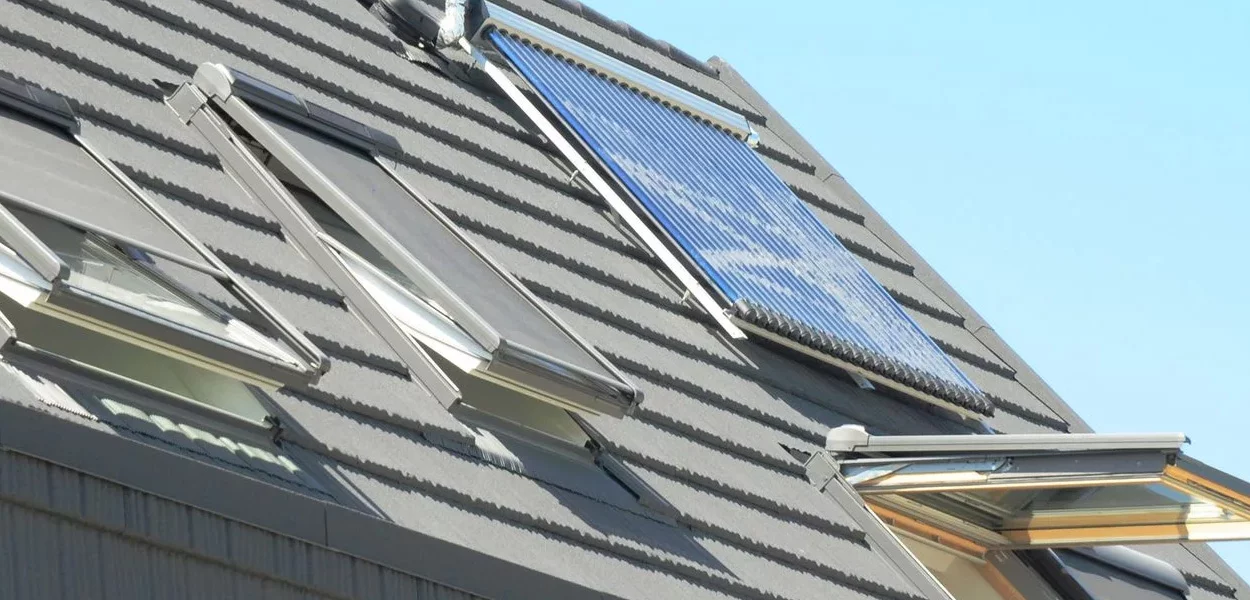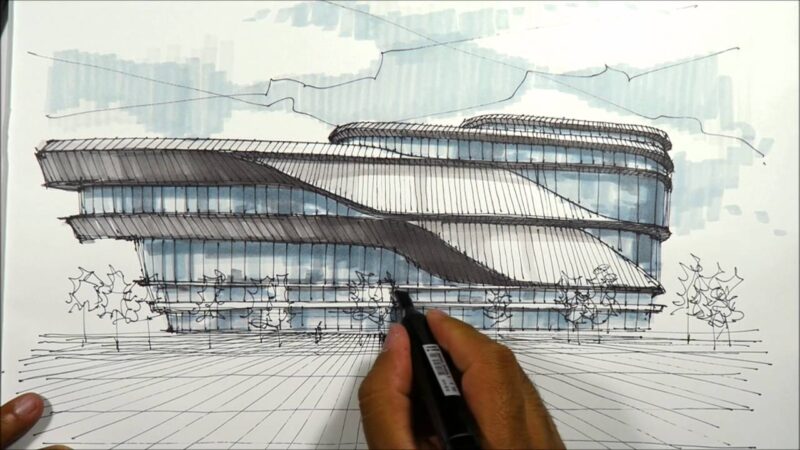Architectural coatings are not merely aesthetic touches; they play a pivotal role in safeguarding structures from the relentless forces of nature, including UV radiation, moisture, and temperature fluctuations. Over time, however, these protective layers can succumb to wear and tear, leading to deterioration that compromises both beauty and integrity.
Maintaining and restoring these coatings is essential not only for enhancing a buildings curb appeal but also for preserving its longevity and value. This process involves a careful blend of routine inspections, timely interventions, and informed restoration techniques.
Navigating the complexities of this maintenance journey requires an understanding of materials, environmental factors, and the nuances of application. Whether youre a seasoned professional or a curious homeowner, delving into the intricacies of architectural coatings can empower you to protect your investment and extend the life of your structures.
Importance of Maintenance

Maintaining architectural coatings is not just a matter of aesthetics; it plays a vital role in preserving the structural integrity of buildings. Over time, exposure to environmental elements can lead to degradation, peeling, or discoloration.
Regular maintenance helps to identify and address these issues before they escalate into costly repairs. Think of a well-kept coat of paint as a protective barrier, shielding surfaces from moisture, UV rays, and pollutants.
Additionally, routine inspections and timely touch-ups can significantly extend the lifespan of these coatings, ultimately saving money and resources in the long run. Ignoring maintenance can lead to not only visual decline but also structural damage, making proactive care an essential investment in the longevity and beauty of any architectural masterpiece.
Pre-Maintenance Assessment
Before embarking on any maintenance or restoration project for architectural coatings, a thorough pre-maintenance assessment is essential. This critical step involves a meticulous inspection of the surfaces, taking note of any signs of wear, weathering, or damage.
Look for peeling, discoloration, or mold, which can indicate deeper issues that require attention. The assessment should extend beyond mere aesthetics; underlying structural concerns, such as moisture intrusion or cracks, must also be identified to prevent future complications. Engage with environmental factors as well—consider the local climate, exposure to pollutants, and existing materials.
This comprehensive evaluation not only helps in determining the urgency of maintenance tasks but also informs the selection of appropriate materials and techniques for restoration, ultimately paving the way for lasting durability and beauty in your architectural coatings.
Regular Maintenance Practices

Regular maintenance practices are vital for ensuring the longevity of architectural coatings, as they act as a protective barrier against the relentless forces of nature. Regular inspections should be conducted at least semi-annually to identify any signs of damage or wear, such as cracking, peeling, or discoloration.
These telltale signs can indicate underlying issues that, if left unattended, may escalate into more serious problems. Cleaning the surface with a gentle pressure wash or a soft brush helps remove dirt, mold, and mildew, which can compromise the integrity of the coating.
Additionally, applying touch-up paint in a timely manner prevents moisture intrusion, which is often the enemy of durability. Dont overlook the importance of seasonal check-ups—these can help you catch potential problems before they fester, ensuring that the beauty and functionality of your architectural coatings endure the test of time.
By fostering a proactive maintenance routine, you not only extend the life of your coatings but also preserve the aesthetic appeal of your property.
Conclusion

In conclusion, maintaining and restoring architectural coatings play a critical role in preserving the beauty and integrity of our built environments. By adopting a careful approach that considers factors such as environmental exposure, material selection, and regular maintenance schedules, property owners and custodians can ensure their structures continue to withstand the test of time.
The principles of kit of parts architecture further enhance this sustainability by promoting modularity and adaptability, allowing for easier maintenance and updates over the lifecycle of a building. Ultimately, investing in the proper care and restoration of architectural coatings not only extends the life of the structure but also contributes to the aesthetic and historical value of our communities, ensuring that they remain vibrant for generations to come.


